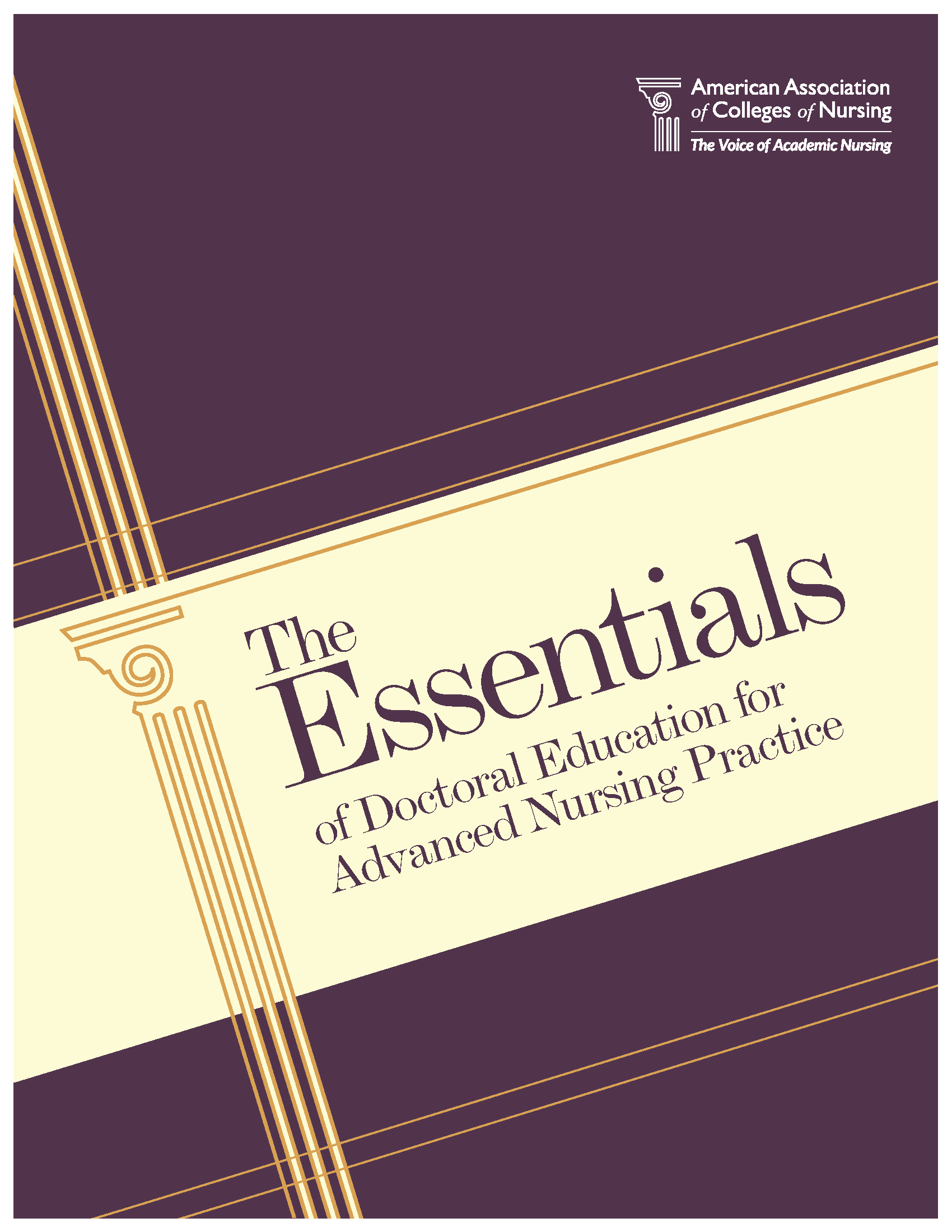Classical Argument: Health-Promoting Self-Care in Nursing
The healthcare environment is challenging and pressuring for nurses, impacting their health and well-being. Nurses have in-depth knowledge regarding health-promoting behaviors and practices, but they continue to report high overweight and obesity levels and mental health issues. Contributing factors include work-related stress, heavy workloads, shift work, poor engagement and communication, increasing patient health demands, and working overtime, which leaves nurses with little time to practice self-care.

Lack of self-care is linked to unhealthy nurses, physically and psychologically, which negatively impacts nursing practice and patient outcomes. It is also related to health-risk behaviors like excessive alcohol consumption, smoking, and substance use. However, health-promoting self-care impacts nurses’ health and well-being, nursing practice, and overall institutional and patient outcomes. Therefore, adopting self-care strategies such as emotional regulation, self-compassion, mindfulness, healthy eating patterns, regular physical activity, staying connected, and continued individual and professional growth would help minimize the adverse effects of poor health-promoting self-care.
Background
Self-care is related to any intentional effort to activity to cater to one’s mental, physical, and spiritual well-being. Nurses spend extended periods caring for others, and they can forget about themselves, which is detrimental to their and other people’s health (Ross et al., 2019). The American Nurses Association completed a survey that indicated the increased urgency to improve nurses’ health, especially in nutrition, safety, life quality, and physical activity. About 70% of the nurses surveyed admitted prioritizing patients’ needs, safety, health, and wellness before theirs (Purdue University Global, 2021). Also, 77% of the nurses reported being at a significant risk level for work-related stress (Purdue University Global, 2021). To care for others, nurses should first care for themselves because compassion fatigue is associated with poor health-promoting self-care. Nurses’ health impact patient care in all healthcare settings.
The nursing field can be traumatic for nurses because of increased exposure to trauma, suffering, and pain, ending up traumatized without realizing it most of the time. However, the Code of Ethics recognizes self-care as a nurse’s responsibility because when nurses are not caring for themselves, they cannot care for their patients (Purdue University Global, 2021). In addition, the American Nurses Association Code of Ethics posits that nurses should extend to themselves the moral respect they extend to others, and nurses owe themselves the same duty they owe to other individuals (Purdue University Global, 2021).
Nurses are responsible for promoting their health and safety, preserving their character and integrity’s wholeness, maintaining competence, and ensuring personal and professional growth through continuing education and training. Self-care is considered a self-management tool for nurses to reduce the stress from working in the healthcare environment. Lack of self-care is linked with burnout, poor physical and mental health, depression, weight gain or extreme weight loss, unhealthy eating patterns, demoralization, back injury, and reduced job satisfaction (Williams et al., 2022). More attention is needed to enhance self-care in nurses because self-care helps minimize stress, replenish nurses’ compassion capacity and ability to care for others, and improve the quality of care.
(Classical Argument: Health-Promoting Self-Care in Nursing)
Self-Care Minimizes Stress
Self-care serves as a stress management tool, helping nurses reduce work-related stress. Adopting self-care practices like mindfulness, self-compassion, and emotional regulation can help nurses reduce stress and attend to their physical, mental, emotional, and spiritual needs (Hofmeyer et al., 2020). In this case, nurses should perceive self-care as integral to preventative care. Although individual factors can impact an individual’s ability to cope, control themselves, tolerate uncertainties, and resilience, self-care helps acquire and sustain these positive aspects of life. Per Hofmeyer et al. (2020), control is critical to an individual’s well-being. Still, work-related factors beyond a nurse’s control can disrupt the power to self-regulate and the need for control, adding to work-related stress.
Self-care begins with self-awareness, understanding how difficult events, uncertainties, and powerlessness impact oneself. For instance, it is normal to feel anxious, sad, and grief in difficult situations or crises, begging individuals to accept their vulnerability and learn how to self-regulate to control emotions and feelings attached to such conditions. In this case, self-regulation, self-compassion, and mindfulness allow nurses to focus on the positives rather than the negatives and uncertainties, accept situations, especially those that cannot be changed, like the death of a patient, and find meaningful ways to cope with the nursing environment, which helps reduce stress (Hofmeyer et al., 2020). Additionally, self-care builds resilience, allowing nurses to manage stress, maintain their health and well-being, and respond appropriately and effectively when facing crises and uncertainties. Self-efficacy, mindfulness, and emotional regulation strengthen psychological resilience.
Self-Care Replenishes Nurses’ Compassion Capacity and Ability to Care for Others
The ANA Code of Ethics highlight that nurses should extend to themselves the moral respect they extend to others, and nurses owe themselves the same duty they owe to others. Poor health-promoting self-care is associated with burnout and compassion fatigue, leading to poor patient outcomes and the risk of medical errors. Nursing care relies on empathy and compassion; the more burned out or stressed a nurse is, the more their capacity to offer kindness and compassion suffers (Monroe et al., 2021). Nurses often show empathy and compassion to their patients daily without a chance of replenishing them. However, nurses should learn and be able to extend empathy and compassion to themselves because failure to invest in themselves puts their and patients’ health and well-being at risk.
Moreover, nurses tend to be difficult on themselves when they make a mistake, and they do not console or talk to themselves as they would talk to a patient or a friend. Nurses are overly critical and judgmental of themselves, which, according to Hofmeyer et al. (2020), stimulates the sympathetic nervous system, activating a stress response that is harmful to an individual’s health and well-being. Engaging in self-care strategies, including having enough sleep, healthy eating patterns, regular physical activity, mindfulness, and social connections, can help replenish nurses’ compassion capacity and ability to care for others.
Therefore, nurses must practice self-compassion and understand their needs before helping others. Nurses should also learn to talk kindly to themselves because kind self-talk is linked to increased compassion capacity and pro-social behaviors like kindness, empathy, and altruism, helping them communicate better with colleagues, patients, and their families (Hofmeyer et al., 2020). In addition, acting with kindness and compassion helps reduce patient suffering and distress.
(Classical Argument: Health-Promoting Self-Care in Nursing)
Self-Care Improves the Quality and Safety of Care
Nurses caring for themselves and bringing the effects to the workplace helps promote safe and high-quality care. Nurses with self-compassion have better physical and psychological health, motivation, happiness, relationship-building, and perspective-taking, which are linked to better health outcomes (Hofmeyer et al., 2020). In addition, self-compassionate nurses report decreased anxiety, depressive symptoms, fear of failure, shame, and rumination, implying a greater capacity to work for others.
On the contrary, stressed, burned out, overwhelmed, and unsatisfied nurses are more likely to be involved in medical errors, including medication administration errors that negatively impact the quality of care and patient safety (Hofmeyer et al., 2020). Therefore, adopting self-care strategies like seeking a therapist’s support, taking breaks, engaging colleagues to stay connected, and maintaining physical activity can help reduce burnout, stress, and feeling confused, overwhelmed, frustrated, and angry, increasing nurses’ capacity to promote quality and safe care.
Opposition and Barriers to Implementing Self-Care
Implementing self-care requires commitment, planning, and joint efforts of nurses and hospital administrators. There are multiple factors presented as hindering nurses from implementing self-care to ensure a healthy workforce. A survey reported that nurses complained about insufficient time and overwork as barriers to implementing self-care activities (Wolters Kluwer, 2020). Most nurses are overworked with poorer health and well-being and lack time to participate in healthy habits. Additionally, nurses reported a lack of facilities and resources and other commitments as reasons for not engaging in self-care. About 25% of nurses point to lack of access to a gym, exercise classes, changing facilities, showers, and lack of refrigerators or microwaves as barriers to implementing self-care (Wolters Kluwer, 2020). Over 50% of nurses stressed outside commitments like family responsibilities and school activities as interfering with the ability to live more healthily.
Refutation
These barriers are genuine concerns about the nurses’ ability and capacity to implement self-care. The barriers are true across the board, but there are ways to encourage nurses to embrace healthy habits and self-care, like eating healthy and exercising regularly. Leadership and peer support can help guide and adopt healthier practices. Leaders can expand opportunities for nurses to have more breaks and provide facilities like gyms, showers, and refrigerators to store healthy food snacks (Wolters Kluwer, 2020). Allowing breaks at the facility would help schedule time for self-care practices like establishing supportive connections with colleagues and exercising.
(Classical Argument: Health-Promoting Self-Care in Nursing)
Conclusion
Health-promoting self-care can help improve nurses’ health and well-being, reduce stress, replenish nurses’ compassion capacity and ability to care for others, and improve the quality and safety of care. Conversely, poor health-promoting self-care is associated with increased nurses’ stress, burnout, lack of job satisfaction, compassion fatigue, chances of making medical errors, and decreased motivation. Nurses can adopt self-care strategies, including mindfulness, emotional regulation, self-compassion, regular physical activity, healthy eating patterns, personal and professional growth, and maintaining connectivity to promote health and well-being. Self-care is multifaceted, and improving self-care should address intrinsic and extrinsic motivators.
References
Hofmeyer, A., Taylor, R., & Kennedy, K. (2020). Knowledge for nurses to better care for themselves so they can better care for others during the Covid-19 pandemic and beyond. Nurse education today, 94, 104503. https://doi.org/10.1016/j.nedt.2020.104503
Wolters Kluwer. (2020). Nurses and self-care: Factors influencing healthy behaviors during COVID-19. https://www.wolterskluwer.com/en/expert-insights/nurses-and-selfcare-factors-influencing-healthy-behaviors-during-covid19/
Monroe, C., Loresto, F., Horton-Deutsch, S., Kleiner, C., Eron, K., Varney, R., & Grimm, S. (2021). The value of intentional self-care practices: The effects of mindfulness on improving job satisfaction, teamwork, and workplace environments. Archives of psychiatric nursing, 35(2), 189–194. https://doi.org/10.1016/j.apnu.2020.10.003
Purdue University Global. (2021, April 28). The importance of self-care for nurses and how to put a plan in place. https://www.purdueglobal.edu/nursing/self-care-for-nurses/
Ross, A., Yang, L., Wehrlen, L., Perez, A., Farmer, N., & Bevans, M. (2019). Nurses and health-promoting self-care: Do we practice what we preach? Journal of nursing management, 27(3), 599–608. https://doi.org/10.1111/jonm.12718
Williams, S. G., Fruh, S., Barinas, J. L., & Graves, R. J. (2022). Self-Care in Nurses. Journal of radiology nursing, 41(1), 22–27. https://doi.org/10.1016/j.jradnu.2021.11.001
Do you need a similar assignment done for you from scratch? Order now!
Use Discount Code "Newclient" for a 15% Discount!













